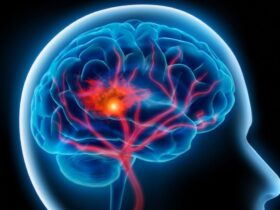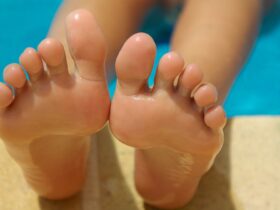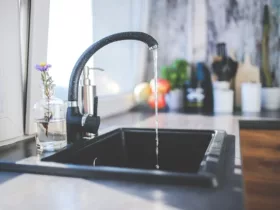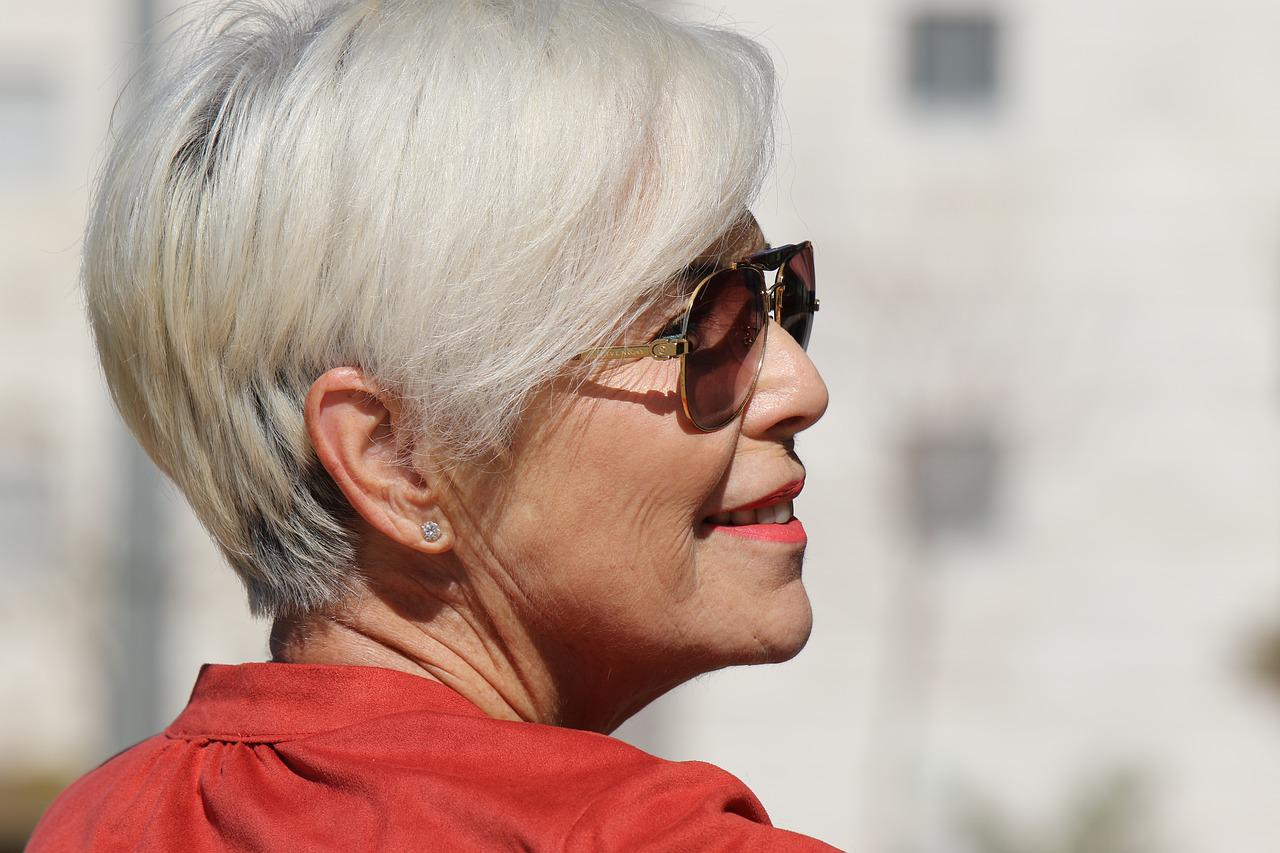The menopause is a phenomena that occurs everywhere in the world when a woman reaches the middle of her reproductive years; yet, the symptoms linked with it vary from person to person. Others, on the other hand, may experience symptoms such as hot flashes, sleeplessness, irritability, and hormone imbalance during menopause, while others may feel relieved and glad since they no longer have to go through the rigors of menstruation and the additional care that is necessary each month.
Women’s bone and heart health might be negatively impacted by menopause in certain instances. According to statistics compiled by the International Osteoporosis Foundation, one in every three women over the age of 60 will have at least one fracture brought on by osteoporosis throughout their lifetime. When a woman is going through the perimenopause, her body will begin to respond differently to the environment around her. At the postmenopausal period, they are at an increased risk of developing illnesses such as osteoporosis, osteoarthritis, and joint discomfort because they become more susceptible to injury and illness during this time. After menopause, a woman’s body produces less estrogen than it did before. This is the root cause. When it comes to a woman’s bone health, the hormone that is secreted by her ovaries is a significant factor to consider.
Between the ages of 25 and 30, a woman’s body reaches its full potential in terms of bone mass. This indicates that her skeleton will finish developing at this period, at which point it will be at its densest and most robust. Now, if a woman’s peak bone health is less than what is considered optimum, the odds of her developing bone weakening in later years — osteopenia or osteoporosis — and accompanying issues rise. This is because peak bone health is measured during a woman’s reproductive years.
According to research, up to twenty percent of bone loss may occur throughout these periods, and nearly one in ten women over the age of sixty across the globe have osteoporosis.
The brittleness and weakness of the bones contribute to an increased risk of fracture as well as bone and muscle discomfort. Menopausal arthritis may be caused by genetically acquired faulty genes responding to the metabolism of estrogen that is biologically active. However, decreased levels of bone mass can also produce joint discomfort that can impact the joints in the body.
After menopause, a woman’s risk of developing primary osteoporosis is much higher than it was before. This fundamentally leads to the bone having less density and a greater amount of hollowness in it. Osteoporosis makes bones more fragile, which may raise the risk of “fragility fractures,” which are bone breaks that occur with little or even no external trauma. This is a prevalent problem in the regions of the hip, wrist, and spine.
Diagnosis and treatment of peri-menopausal osteoporosis should begin as early as possible to reduce the risk of consequences. It is possible to treat the illness using medications that are straightforward, very specific, and quite inexpensive. As a result of the fact that the bones themselves begin to lose minerals and vitamins, it is recommended that a sufficient amount of each be consumed on a regular basis. The average person needs at least 1300 mg of calcium in their daily diet.
Consuming a diet rich in dairy foods, soy, almonds, and tofu, along with meats, green leafy vegetables, and other foods, may help one accomplish this goal. Maintaining enough amounts of vitamin D, in conjunction with an adequate intake of calcium and the body’s ability to absorb it, contributes to the achievement of optimal bone health. Daily exposure to sunshine in the early morning hours is the most effective method, along with the use of nutritional supplements.
Do try to find a kind of physical exercise, preferably one that requires you to bear weight. The most efficient method for developing strong bones and muscles is to engage in regular resistance exercise.
Reducing the amount of alcohol you drink, quitting smoking, and cutting down on excessive amounts of caffeine are some of the behaviors that might help reduce your chance of developing bone problems. These are some of the little modifications in lifestyle that women may do on a daily basis to lead a less problematic existence.























Leave a Reply